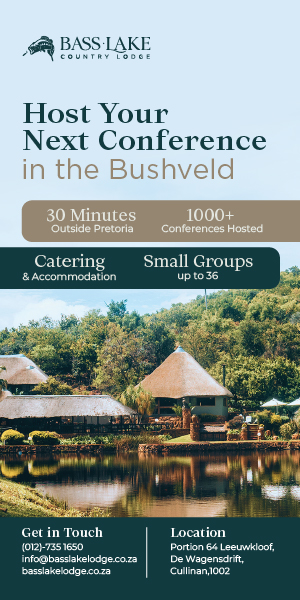VOK DAMS is one of the leading agencies worldwide for events and live marketing. It has been quick to pivot from almost exclusively live events to exclusively virtual ones, with the outlook that events will increasingly become hybrid.
A recent exploratory study they conducted highlighted the following five factors as having the biggest impact on the success of your virtual event, which the CEO Colja Dams unpacked in an IMEX EduMonday session:
#1 Participation, interaction & co-creation
Giving your attendees the chance to actively participate in your online event is key to holding their attention and helping them gain a return on their personal investment of time (and possibly money, too). Co-creation is even better, as it allows them to actively direct an event towards meeting their own interests and needs.
You can encourage participation by giving your attendees the chance to ask questions, respond to polls or attend breakaway sessions. Networking is also an invaluable opportunity for attendees (and sponsors and speakers) to interact, and Dams suggests it could be done with a chat roulette function that randomly assigns people to video chat with each other.
You could allow your attendees to create their own breakaway sessions or networking groups based on their areas of interest, which other attendees with similar interests can join.
Find ways to bring co-creation into these sessions. For example, you could allow your attendees to create their own breakaway sessions or networking groups based on their areas of interest, which other attendees with similar interests can join.
#2 Haptic moments
Haptics is the science of transmitting understanding through touch. Virtual events tend to rely heavily on communicating through sight and sound through a screen – but they needn’t depend on this solely. Sending your attendees a package to open during your virtual event is a fun way to engage their other senses and leave them with a reminder of your event.
What you send could be as simple as a branded programme and desk calendar, or branded merchandise. On the more elaborate end of the spectrum, you could send product samples, snacks or the ingredients to make a cocktail for a social networking session (including a virgin option).
Dams mentions his company has used an advent calendar style approach for this, where different items need to be unboxed during specific moments during the event.

#3 Autonomy & freedom of choice
Being told exactly what to do is never as much fun as being able to make some of your own choices. Give your attendees options so that they can adapt their experience to meet more of their own preferences and needs.
For example, you could run parallel sessions based on broad themes, have alternative options for the breaks (networking vs a fitness workout), or host optional virtual get-togethers around your main event. You could also offer a range of on-demand content that attendees can access as and when they want to.
#4 Short and fast-paced (but with breaks)
As well all know by now, online means shorter attention spans so you need to avoid waffle and unnecessary delays. The recent ‘The future of the event industry’ virtual conference by EventMB limited all talks to 18 minutes or less.
The recent ‘The future of the event industry’ virtual conference by EventMB limited all talks to 18 minutes or less.
Your virtual event should also always be shorter than an in-person event. For example, it is unlikely you will be able to hold the attention of attendees throughout a three-day event with a packed programme.
Don’t forget to schedule in breaks, just as you would at a live event, so your attendees can get up from the desk, grab a coffee or go to the bathroom.

#5 Social and exclusive
Finally, Dams recommends that you strive to provide your attendees with opportunities to be social, and to make your content exclusive and valuable. Essentially this is what all events try to do, regardless of their format. However a virtual event will require a different approach in how you achieve this. Look at what advantages the medium offers, to find ways to build this in.




